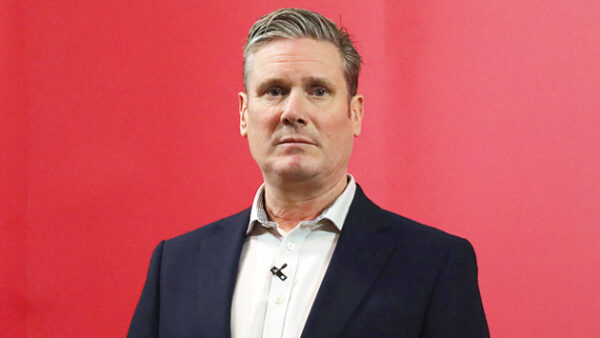The client’s objectives should be top priority on any project, but a desire to follow procurement protocols frequently gets in the way, says Mark Beard.

Mark Beard
In the 1980s, as a procurement director, you would never get sacked for buying IBM. Similarly, today an estates director is on pretty safe ground going down the tried and trusted route of traditional tendering.
This may, on occasion, be the best way forward, particularly if tender information is well developed and the bidding contractors and wider supply chain are suitably enthused about the project. However, too often traditional tendering feels like the safe option – the IBM option – where process is more important than outcome.
If you sit on the board, and the estates director reports that he has scoured the market for contractors, received three quotes back, and lawyers have tweaked the contract to pass on a greater level of risk to the contractor, you may feel impressed by his effort to follow due process. As the estates director, you feel safe, as what you have done will stand up to scrutiny or, if all goes horribly wrong, an independent audit.
However, what the customer is actually trying to achieve often gets lost in the desire to be safe and be seen to follow process. Customer needs will obviously vary from project to project, but can often be summed up as:
- A quality project at an affordable price, delivered on time;
- A final account that reflects the original tender;
- A project journey that is enjoyed by all parties;
- A contractor and supply chain that will put the customer’s project priorities on a par with or above their own priorities.
To achieve such outcomes, a customer and his consultants first need to fulfil their own responsibilities and enthuse the contracting community about the project.
How hard the customer needs to work to enthuse contractors depends, in part on their own reputation and the type of project, but also on the state of the market. If Brexit leads to less immigrant labour and lower industry capacity, customers will have to redouble their efforts to enthuse contractors.
At Beard, we have benefited from a number of customers working hard to create an attractive environment in traditionally tendered work, framework projects, negotiated and various two-stage opportunities. An example of this was a hybrid approach recently used by a smaller Oxford College for an £8m student accommodation project. Let’s call it “two-stage negotiation”.

Beard Construction is carrying out a major refurbishment of a Grade I-listed building within Oxford’s historic University College
The customer scoured the market and decided they wished to work with us, provided we could deliver their proposed new building for the set budget. By solely inviting Beard to bid for the work, they created a collaborative atmosphere from the start of the process.
We then had eight weeks to confirm our approach, budget and project plan, which in this instance included fundamental redesign of building structure. Once this satisfied the client, we were given three months to complete the detailed design and contractors’ proposals.
Beard is now two months into this 16-month project and there will be many hurdles to overcome before we hand over the keys, but the customer has created a very collaborative working environment where its objectives are central to all that we, and our supply chain, are trying to achieve.
Securing this level of contractor goodwill and putting project priorities at the forefront of everyone’s thinking trumps “following due process” every day. However, we will need to wait 14 months for a definitive answer.
My hope is that consultants will increasingly ask their customers searching questions about the final outcomes they really want to achieve from the project, what they want from their contractors and become a little more creative about how they procure their construction work – rather than continuing to follow the IBM route.
Mark Beard is executive chairman of Beard Construction










